926213
TADF Blue m-ACSO2
≥95%
Synonym(s):
10,10′-(Sulfonylbis(3,1-phenylene))bis(9,9-dimethyl-9,10-dihydroacridine), m-ACSO2, TADF with no host
Sign Into View Organizational & Contract Pricing
All Photos(2)
About This Item
Empirical Formula (Hill Notation):
C42H36N2O2S
CAS Number:
Molecular Weight:
632.81
UNSPSC Code:
12352103
NACRES:
NA.23
Recommended Products
description
PL: 473 nm (film)
delta EST: 0.07 eV
Quality Level
Assay
≥95%
form
powder
band gap
3.1 eV
color
pale yellow
solubility
THF: soluble
toluene: soluble
fluorescence
(blue) (light)
Orbital energy
HOMO -5.36 eV
LUMO -2.26 eV
Application
Purely organic thermally activated delayed fluorescence (TADF) emitters can recruit both singlet and triplet excitions for light emission and hence achieve 100% internal quantum efficiency (IQE). Additionally, purely organic TADF emitters avoid the problems associated with the use of heavy-metal-based organometallic complexes.
Bright, deep blue and stable emitters for OLEDs are grand challenge on OLED design at the moment. In this context, our m-ACSO2 is a promising TADF as solution-processable TADF blue emitter without the need of a host with a singlet–triplet energy gap (ΔEST) of 0.07 eV.
Bright, deep blue and stable emitters for OLEDs are grand challenge on OLED design at the moment. In this context, our m-ACSO2 is a promising TADF as solution-processable TADF blue emitter without the need of a host with a singlet–triplet energy gap (ΔEST) of 0.07 eV.
TADF Blue m-ACSO2 can be utilized as an emissive material in blue-emitting OLEDs. Its thermally activated delayed fluorescence properties allow for efficient harvesting of triplet excitons, resulting in enhanced device efficiency and reduced energy loss. By using the compound as an emissive material, it can contribute to the production of energy-efficient and long-lasting blue lighting devices.
Storage Class Code
11 - Combustible Solids
WGK
WGK 3
Flash Point(F)
Not applicable
Flash Point(C)
Not applicable
Choose from one of the most recent versions:
Certificates of Analysis (COA)
Lot/Batch Number
Sorry, we don't have COAs for this product available online at this time.
If you need assistance, please contact Customer Support.
Already Own This Product?
Find documentation for the products that you have recently purchased in the Document Library.
Theoretical investigation of dihydroacridine and diphenylsulphone derivatives as thermally activated delayed fluorescence emitters for organic light-emitting diodes
X. Zhang et al.
Royal Society of Chemistry Advances, 5, 51586-51591 (2015)
Our team of scientists has experience in all areas of research including Life Science, Material Science, Chemical Synthesis, Chromatography, Analytical and many others.
Contact Technical Service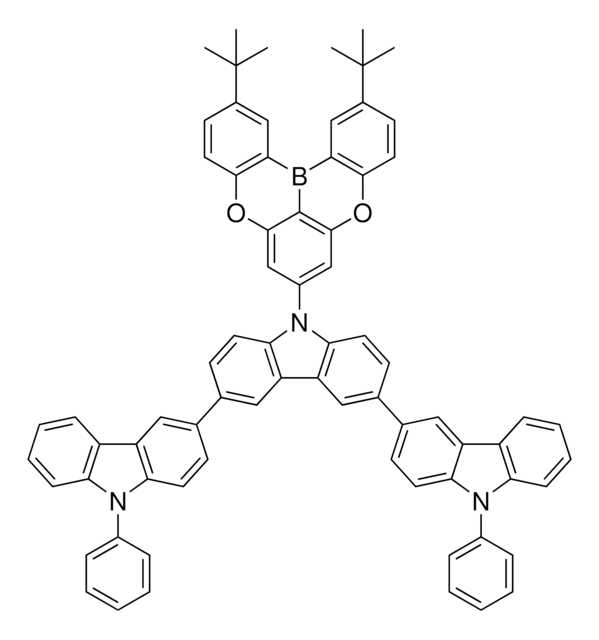

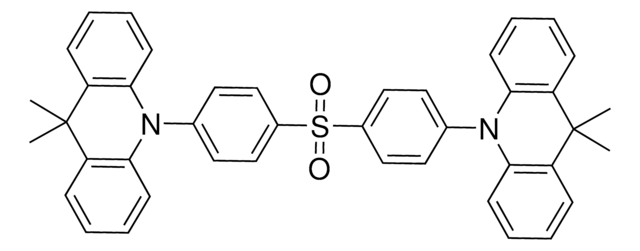
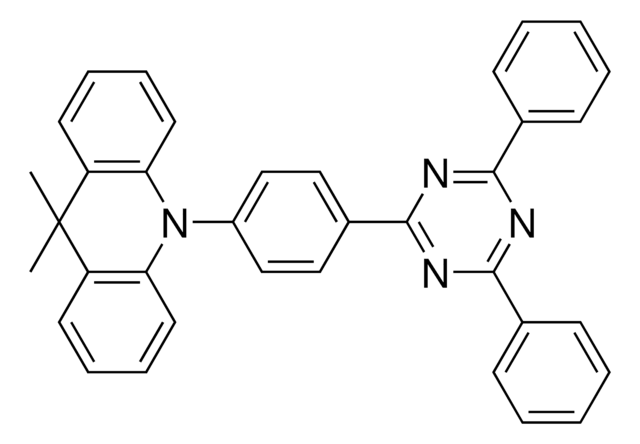

![10-Phenyl-10H,10′H-spiro[acridine-9,9′-anthracen]-10′-one ≥99% (HPLC)](/deepweb/assets/sigmaaldrich/product/structures/394/862/0b4edb18-2cc2-4101-ad81-6b29b0825723/640/0b4edb18-2cc2-4101-ad81-6b29b0825723.png)
iridium(III) 97%](/deepweb/assets/sigmaaldrich/product/structures/309/053/0823f035-245c-433d-b033-2eca2d931c67/640/0823f035-245c-433d-b033-2eca2d931c67.png)
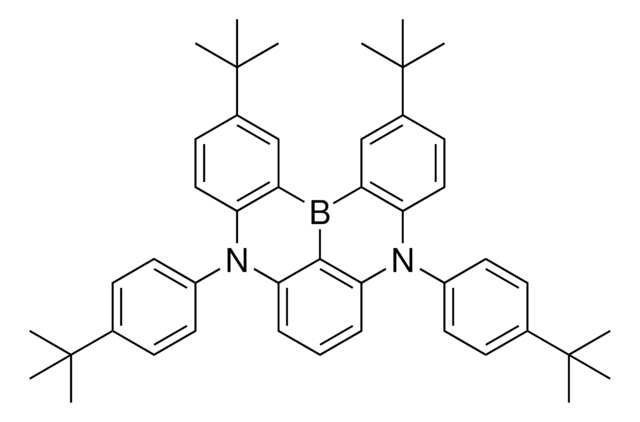
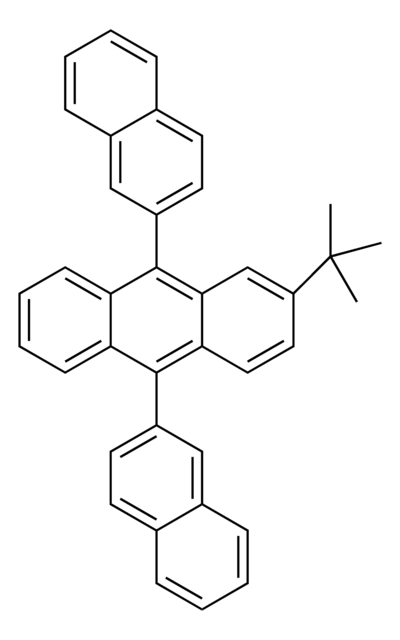
![Tris[2-phenylpyridinato-C2,N]iridium(III) 97%](/deepweb/assets/sigmaaldrich/product/structures/167/234/658d0b76-d31d-4fd5-8041-e04e207227c9/640/658d0b76-d31d-4fd5-8041-e04e207227c9.png)